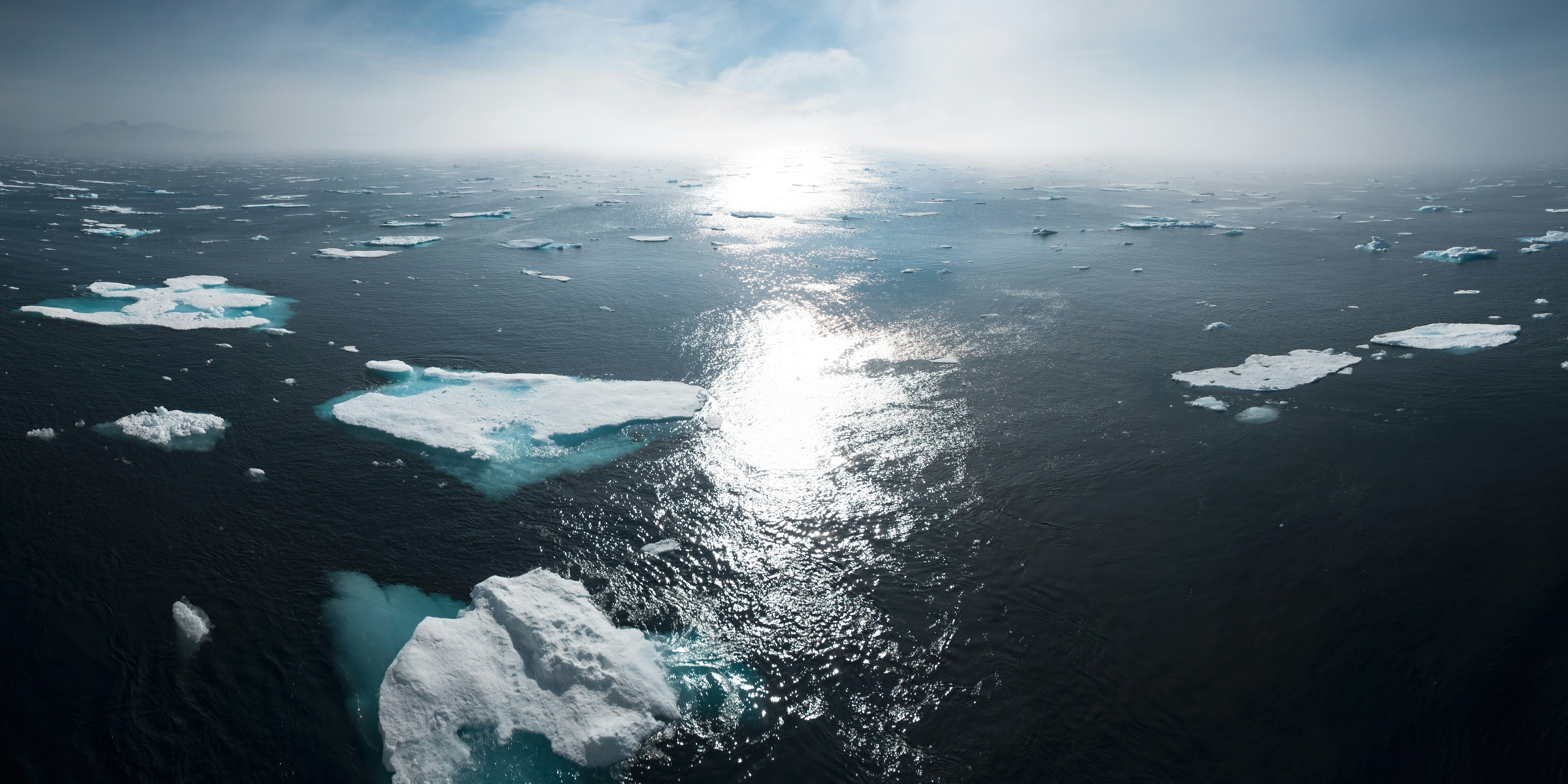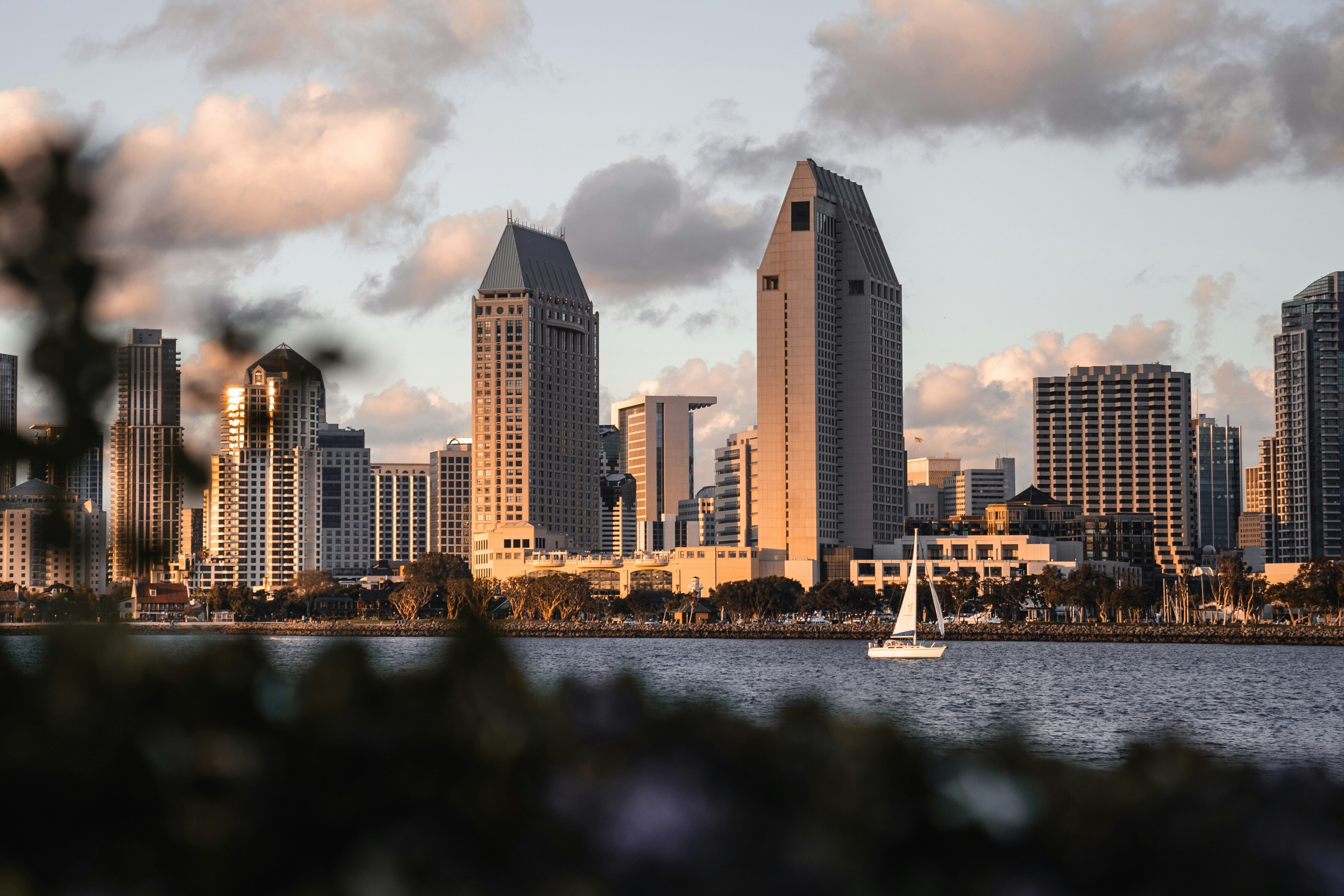How to ease suffering and save the lives of migrants and refugees

Afghan refugees are processed inside Hangar 5 at Ramstein Air Base in Germany, September 8, 2021. Image: REUTERS

Get involved with our crowdsourced digital platform to deliver impact at scale
Stay up to date:
Migration
Listen to the article
- Many migrants and refugees face increasingly perilous journeys.
- This is a result of climate change impacts and policy decisions.
- The World Economic Forum created a visualization of migrant deaths at the US southern border.
The Sonoran desert is an arid expanse roughly the size of New Zealand, with rugged terrain and temperatures that can hit 48°C (118°F). Last year, the remains of two undocumented migrants were reportedly found in a remote corner of the desert near the Mexico-Arizona border in mid-summer, next to a single word drawn in the sand: “Help.”
More than 140 sets of remains were recovered from the Arizona portion of the desert between January and August of this year, and most were attributed to dehydration, hyperthermia or a combination of the two.
Increasing temperatures triggered by climate change have made traveling north by foot to the US especially deadly for a growing number of people; migrant encounters at the country’s border with Mexico recently hit a 21-year high. And the tragedy unfolding there is just one aspect of a worsening global dilemma.
Many people in Haiti and Cuba have sought to flee from devastation and instability, some have died trying to escape the crisis in Lebanon, nearly two million from Ethiopia’s Tigray region were displaced during a recent eight-month period, and as many as half a million Afghans are expected to arrive in neighbouring countries by the end of this year.
Have you read?
As climate change makes migrating more perilous, it’s producing even more migrants – the World Bank estimates that its impacts could displace more than 200 million people by 2050.
In the US, the southern routes available to incoming migrants were not always so treacherous. But the implementation of “Prevention Through Deterrence” in 1994 blocked their passage via urban ports of entry, redirecting them to more remote, forbidding areas.
The World Economic Forum created a visualization of the locations of migrant deaths on the Arizona side of the border starting in 1981; the increase in fatalities after 1994 is notable in the excerpt below.
The US is not unique in terms of creating a system with the expectation it will, on balance, deliver a politically-desirable result.
Some of Afghanistan’s neighbours have shut their land borders to people attempting to flee from the Taliban, for example – trapping tens of thousands who were unable to leave as part of an international airlift.
In some cases, migrants have been weaponized; EU interior ministers say Belarus sought to “instrumentalize human beings for political purposes” by sending thousands of migrants (mostly from Iraq and Afghanistan) across the borders of neighboring Latvia, Lithuania and Poland. Concerns have been raised about the conditions they’ve faced, including limited access to drinking water, food and shelter.
Rather than using some of the most vulnerable human beings on the planet as political tools, time might be better spent examining their motivations for taking flight, and helping them make an often-harrowing transition.
The UN Refugee Agency, for example, has set a goal of increasing refugee enrolment in higher education from 5% to 15% by the year 2030 – and has encouraged governments to make refugees part of their national educational planning.
In the case of the US southern border, efforts have been made to spotlight root causes propelling migrants north, like corruption. But the difficulties encountered to date make clear this will not be a simple exercise.
Still, the matter only becomes more pressing as increasing numbers of people brave the elements. The visualization excerpt below shows only those migrants found on the Arizona side of the border who died of exposure during their journey into the US (other categories include "gunshot wound" and "drowning").
In any country, people can be convinced that opening its doors to desperate newcomers will threaten everyone’s well-being.
The US, for example, turned away Jewish refugees from Nazi Germany in the years before its military helped liberate concentration camps.
Comparisons to World War II are apt in other ways – the numbers of people fleeing violence in recent years have hit levels not seen since that cataclysmic period.
Even if these people manage to complete difficult journeys, they’re often made to feel less than welcome wherever they land.
The portrayal of migrants and refugees as violent criminals has been as widespread as it is effective. One study found that disproportionate news coverage of crime committed by immigrants delivered a significant number of votes in favor of a minaret ban in Switzerland, for example.
Yet, some research suggests large inflows of refugees and migrants don’t have much of an impact on local levels of crime. One study found that a 2017 executive order halting refugee resettlement the US had a “null effect” on property and violent crime rates, and another focused on Europe and North America found that countries with higher levels of refugees per population also have lower levels of violent crime.
In addition, there are common misperceptions about who, exactly, migrants and refugees are. More than half of the world’s refugees are children, for example – not the potentially more threatening adult men often portrayed in negative media coverage – and half are women and girls.
The visualization excerpt below shows only the deaths of female migrants on the US side of the Arizona-Mexico border.
For more context, here are links to further reading from the World Economic Forum's Strategic Intelligence platform:
- “We don’t want them in our country.” There’s a long history of US politicians erroneously portraying refugees as economic burdens and security threats, according to this piece, but recent polling shows support for taking in Afghans. (FiveThirtyEight)
- More than 13,500 people have arrived in the UK by crossing the English Channel in small boats this year, and according to this piece the government’s plans to start turning them away using “turnback” tactics may run afoul of international law. (The Conversation)
- The number of young migrants travelling alone is increasing, and according to this study they’re particularly vulnerable to both physical injury and mental health issues including post-traumatic stress disorder. (University College London)
- Mango House, a Colorado-based clinic that caters primarily to refugees, looks nothing like the rest of the US health care system – and according to this piece, that may be a good thing. (Kaiser Health News)
- “Cruel, costly and ineffective.” An academic’s report on Australia’s offshore refugee processing is a “revealing indictment” of the policy that argues it has failed to achieve its objectives. (Australian Institute of International Affairs)
On the Strategic Intelligence platform, you can find feeds of expert analysis related to Migration, Humanitarian Action, and hundreds of additional topics. You’ll need to register to view.
Don't miss any update on this topic
Create a free account and access your personalized content collection with our latest publications and analyses.
License and Republishing
World Economic Forum articles may be republished in accordance with the Creative Commons Attribution-NonCommercial-NoDerivatives 4.0 International Public License, and in accordance with our Terms of Use.
The views expressed in this article are those of the author alone and not the World Economic Forum.
Related topics:
The Agenda Weekly
A weekly update of the most important issues driving the global agenda
You can unsubscribe at any time using the link in our emails. For more details, review our privacy policy.
More on Climate ActionSee all
Charlotte Edmond
May 14, 2024
Sarah Barker and Simon Learmount
May 13, 2024
Jesse Saldivar, Alaina Ladner, Marc Starkey and Brittany Syz
May 13, 2024
Prasad Thakur and Labanya Prakash Jena
May 10, 2024









